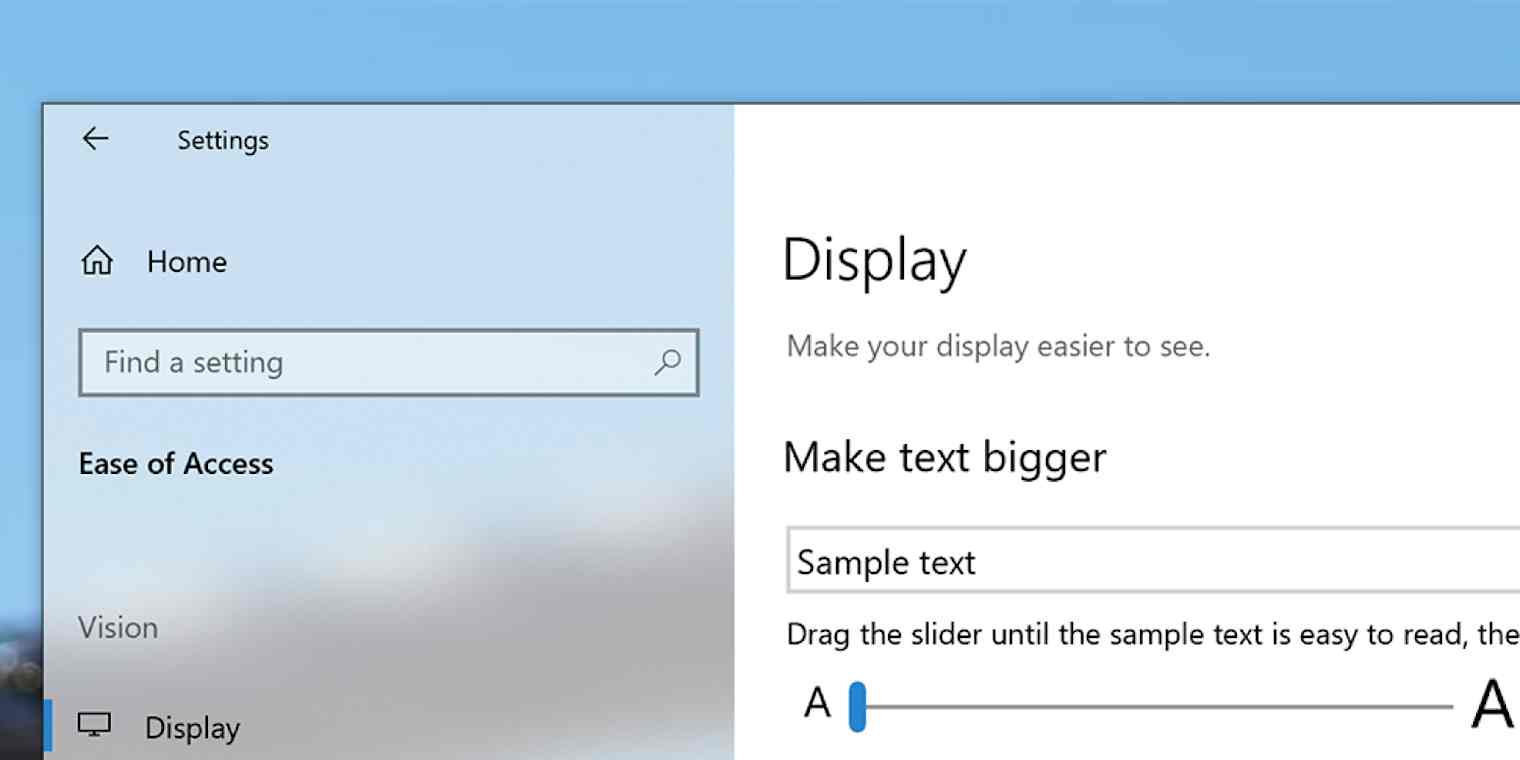App tips
4 min readWhy everyone should try the accessibility features on their computer
Zoom in on anything, speed up your computer, and talk instead of typing
By Justin Pot · September 18, 2020

Get productivity tips delivered straight to your inbox
We’ll email you 1-3 times per week—and never share your information.
tags
Related articles
Improve your productivity automatically. Use Zapier to get your apps working together.







